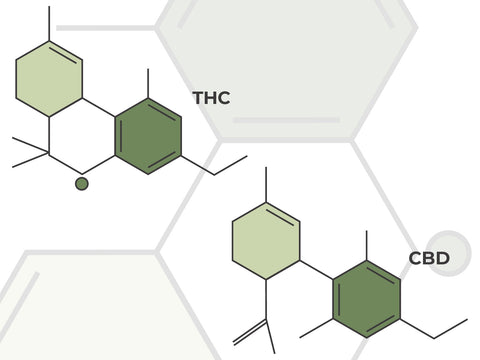Cannabis Basics

Understanding Indica, Sativa & Hybrid
For anyone familiar with cannabis, the terms Indica and Sativa are likely ...

Difference between CBD & THC
Cannabis is a complex plant with over a hundred different cannabinoids, bu...





